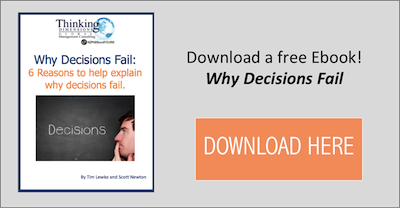...only when you are accelerating in the right direction.
5 ways to test for success increasing profitability:
One of the most frequent reasons cited for executive turnover and in particular C-Level departures is the failure of execution of strategy and at the root of this failure the speed of execution. Shareholders and the boards need to see results in a timely manner. This topic is not new- in June of 2008 Harvard Business Review published a study on strategy execution following a Booz survey of 125,000 profiles in more than 10,00 companies in 50 countries (you can read the article here: http://hbr.org/2008/06/the-secrets-to-successful-strategy-execution /), in which they asked participants if they agreed with the statement, “Important strategic and operational decisions are quickly translated into action.” The majority (3/5 or 60%) answered "No."
While it is generally accepted that speed is valuable in execution, and that the challenge in attaining this speed is very real and quite painful in many organizations, the underlying question remains of knowing if you are accelerating and implementing in the right direction to begin with.
How can you know if your company is accelerating and implementing decisions in the correct direction for the future?

- Start with your assumptions about the future- ensure they are written down and are visible to your executive and non-executive teams. Quantify the assumptions as much as possible and link to real data sources. The assumptions should answer the questions on "How do we predict our markets will be developing and Why?”. Challenge the assumptions vigorously and start from a skeptical point of view. Verify the data sources and the validity of the assumptions being driven from the data. At the end of the day, the stakeholders need to be able to confirm that the assumptions are the best possible predictions of the future available and that the assumptions are the most relevant impactful/critical few to the business.
- Review your competitive advantage and honestly answer the question on its validity. What is it your firm is very good at and what are customers are willing to pay for? Why is your firm better able to offer this than your competition and substitutes? For how long will you be able to defend the advantages you have?
- Compare your highest priority products, services, and markets to their lower priority counterparts. Drill into those highest priority opportunities and understand which criteria was used in evaluating the opportunity for high performance. Are the criteria valid? How many "highest priority opportunities" is your firm pursuing next year? Is the number realistic relative to the resources of the business? When you compare the highest priority opportunities to the medium and lower level opportunities- is the data coherent with what your customers, suppliers, and assumptions are telling you?
- Evaluate the risks associated with the plan. Have the highest risks been addressed? Have any high risks been omitted and if so why or why not? How effective and viable will contingency plans be if they are rolled out? What will be the real cost of the contingency plans?
- Challenge your team members and advisors to ensure the plan balances growth versus unnecessary risks. In reviewing your overall plan, how will your performance compare to other investment alternatives? Is the performance sustainable versus only short term?
On completion of the five tests you should be much closer to being able to verify that your plan forward is the best possible. Certainly the need for speed is real, but it needs to be ensured that you are speeding in the right direction!






